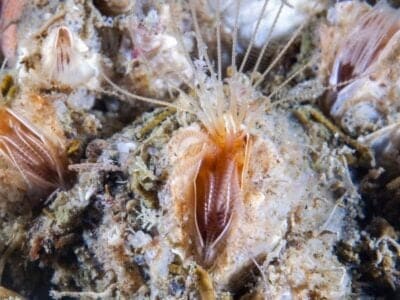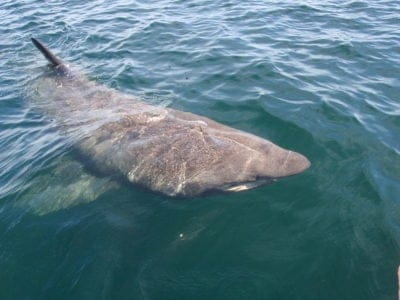Below you can find a complete list of Southwest Pacific Ocean animals. We currently track 195 animals in Southwest Pacific and are adding more every day!
The southwest Pacific ocean is found south of the equator and from 180 degrees longitude, which is the international dateline to around 135 degrees west longitude. West of this is probably where the Indian ocean begins. The southwest Pacific is especially abundant in unique marine animals and other types of wildlife and is home to many of the Earth’s islands and island nations.
The Official National Animals of Southwest Pacific
Though there doesn’t seem to be a national or state animal of the southwest Pacific Ocean, the countries found there do have national or state animals. They include:
Where To Find The Top Wild Animals in Southwest Pacific
When it comes to finding the top wildlife in the waters of the southwest Pacific, a person can search the shallow waters of the shore or the deepest depths of the ocean. Some kinds of wildlife are rare and some are abundant. They include:
- Sea anemones — A sea anemone looks like plants and was named after the anemone flower, but it’s an animal. They attach themselves to solid surfaces such as rocks, shells, or even old shipwrecks and have stinging tentacles with which to catch their prey. Many anemones are beautifully colored and patterned.
- Sea urchins — These spiny creatures can also be found near the shore. They are protected by spines, and unlike sea anemones, they can move about on tube feet, albeit slowly. They have mouthparts that are so complex that they are the basis for many studies. The sea urchin’s mouth is called Aristotle’s lantern, even though the Greek philosopher used the term to describe the entire animal.
- Crabs — Crabs such as species of hermit crabs can be found in the waters of the southwest Pacific Ocean. These crabs are famous for wearing empty shells to protect their soft, coiled abdomens. Mole crabs are known for quickly digging themselves into the wet sand of beaches.
- Black Jack — This large gray or brown fish is found in the deeper parts of the ocean and is notable for long, curved dorsal and anal fins and a large, sloped forehead.
- Starfish — There are about 1500 species of starfish, and a good number of those species are found in the southwest Pacific. Like sea urchins, they move around thanks to tube feet and have a mouth in the center of their bodies. To eat, they push out their stomach and wrap it around their prey to digest it. Starfish come in a variety of bright colors, from purple to red to a velvety blue. Though many species are indeed star-shaped, other starfish can have as many as 18 arms. Starfish can regrow their arms if they are lost.
Mammals also inhabit the coasts and waters of the southwest Pacific. They include:
- Elephant seal — These are the largest seals and named for the proboscis found in older males. The southern elephant seal can be found on the New Zealand coast.
- Dugong — The national animal of Indonesia, this mammal is related to the manatee. It is different from a manatee because its tail has flukes. The manatee’s tail looks more like a paddle. The dugong’s teeth are also unique in that they have tusks, and their teeth aren’t continually replaced as they would be in the manatee. The animal also has heavy, solid bones to keep it below the water’s surface.
- Killer whale — These striking, intelligent, large dolphins also visit the southwest Pacific. They live in groups, or pods, dominated by a matriarch and are apex predators of the sea.
- Sperm Whale — These whales, with their unique, huge heads, conical teeth, and complex echolocation skills, can dive to depths of half a mile in their quest for squid.
Birds are also found at the shores and coastlines of the southwestern Pacific. These include:
- Little Penguin — This penguin, only about 16 inches long, is unique for a penguin in that it is nocturnal. It feeds in the open waters of New Zealand and Southeast Australia, then returns to its colony after sunset. before the sun comes up again, it returns to the water.
- Wandering Albatross — This bird boasts a wingspan of over 9 feet, and its long and tapered wings allow it to glide with little effort over the waters of the southwest Pacific and other southern oceans and seas. Like the little penguin, it’s nocturnal and feeds on the squid that comes to the surface of the water at night. After it fledges, the albatross spends the first 10 of its 30-year lifespan at sea and only returns to land to breed.
The Most Dangerous Animals In Southwest Pacific Today
Some of the most dangerous animals in southwest Pacific are the smallest and most benign-looking. They include:
- Cone snail. These sea snails have beautiful, cone-shaped shells that some people can’t resist picking up at the shore or during a diving expedition. But the venom produced by the snail can kill within hours.
- The blue-ringed octopus. This pretty, tiny, and dangerous octopus lives in tidal pools and gets its name from the blue rings on its body. These rings start to glow and pulsate when the octopus is upset, and when it’s upset it bites. Its venom can quickly kill a human, and there is no antidote.
- Pacific Man o’ War. This creature is a colony animal that resembles a jellyfish. It is simply carried along by the ocean currents and uses the nematodes on its long tentacles to stun and kill fish and other prey. Many people are also stung by this animal off the coasts of Australia, and though deaths are rare, the sting is incredibly painful.
- Great White Shark. Though humans aren’t the preferred prey of this huge fish — humans are too gristly for its digestive system — this shark is responsible for dozens of unprovoked attacks in the southwestern Pacific and other places. A small percentage of the attacks result in death to the human.
Endangered Animals
Endangered animals include:
- The Sperm whale, which is vulnerable
- The Dugong, which is vulnerable
- Blue whale, which is rare and endangered
- Southern bluefin tuna, which is critically endangered
- Basking shark, which is endangered
These animals in the Southwest Pacific are endangered due to overfishing, hunting, and by-catches. By-catches are when marine animals are caught in traps and nets not meant for them. Pollution and climate change are also believed to affect the populations of endangered animals.
Southwest Pacific Ocean Animals
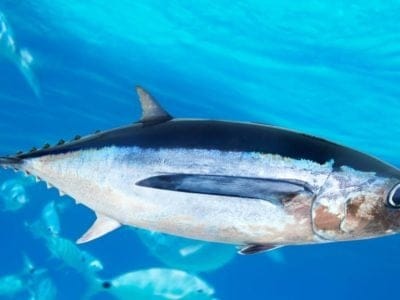
Albacore Tuna
The albacore is a very fast swimmer
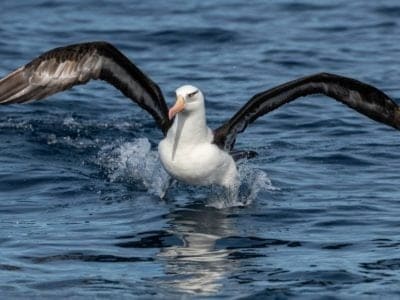
Albatross
The largest wingspan of any bird in the world!
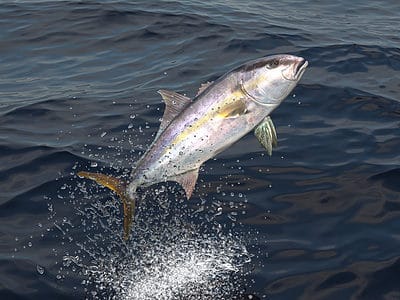
Amberjack
Amberjack can grow up to 200 pounds
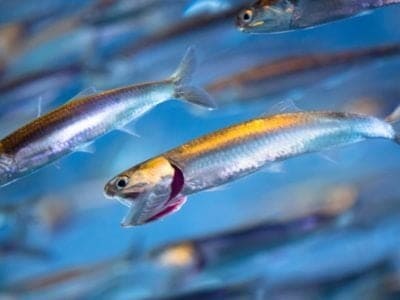
Anchovies
November 12th is celebrated as National Pizza with the Works Except Anchovies Day
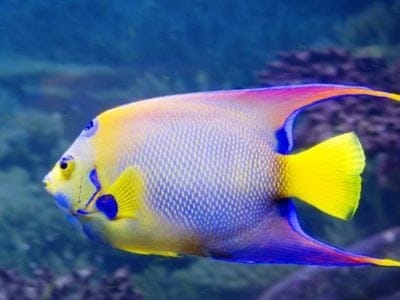
Angelfish
There are 70 different species!
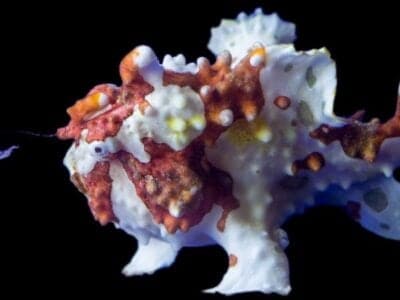
Anglerfish
The anglerfish has a glowing lure on its head to attract unsuspecting prey
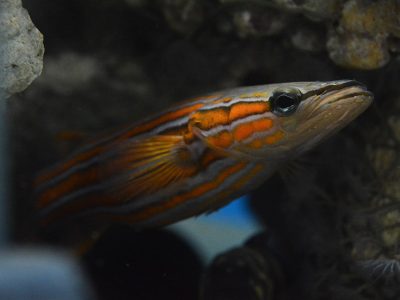
Australian Flathead Perch
This small fish fetches a high price tag, with individuals selling from $1,000 to $5,000.
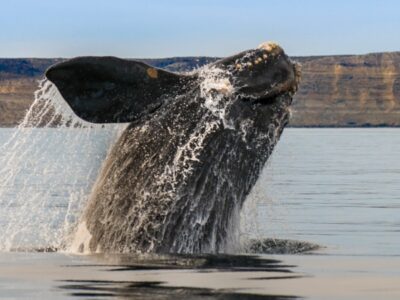
Baleen Whale
“Sings” a whale song during breeding season.
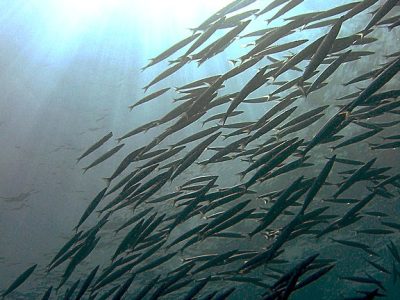
Barracuda
Can grow to nearly 2 meters long!
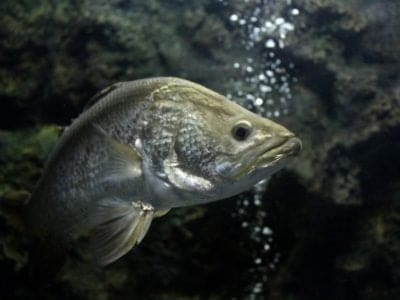
Barramundi Fish
Scale rings indicate age
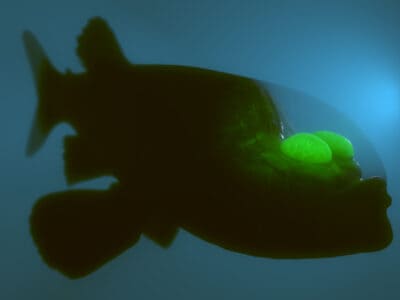
Barreleye Fish (Barrel Eye)
A barreleye fish's eyes can rotate in their head to look for prey.
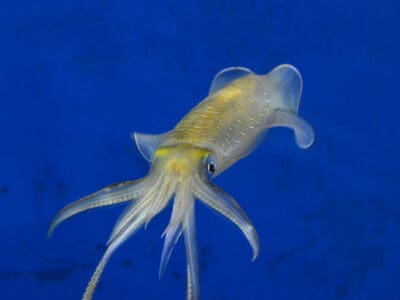
Bigfin Reef Squid
Can change color through use of chromatophores

Bird
Not all birds are able to fly!
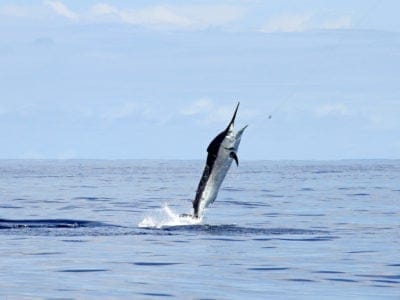
Black Marlin
Every black marlin is born as a female.
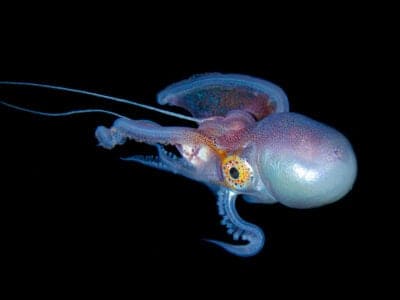
Blanket Octopus
Females can weigh up to 40,000 times more than their partners.
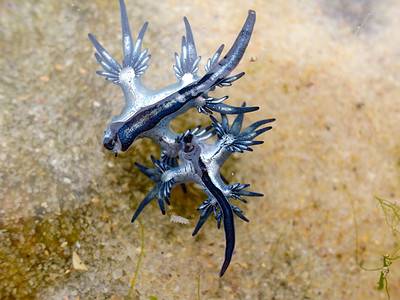
Blue Dragon Sea Slug
They inflict a painful, venomous sting
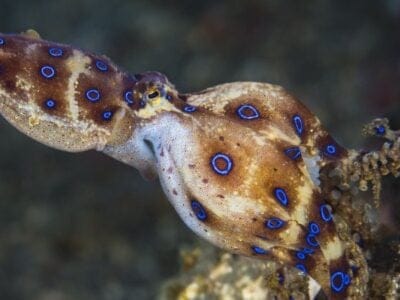
Blue-Ringed Octopus
The blue-ringed octopus produces some of the deadliest poison in the world
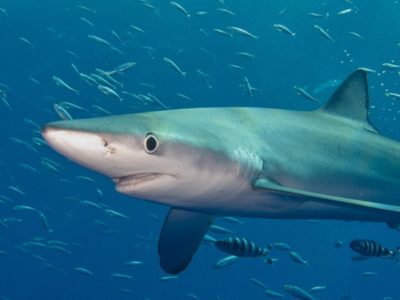
Blue Shark
Blue sharks can have up to 135 pups at a time.
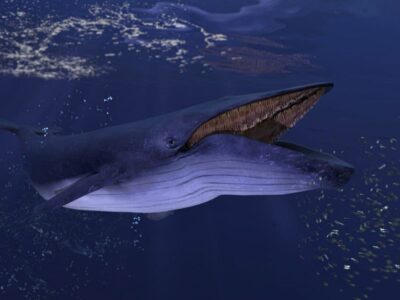
Blue Whale
The largest animal on Earth
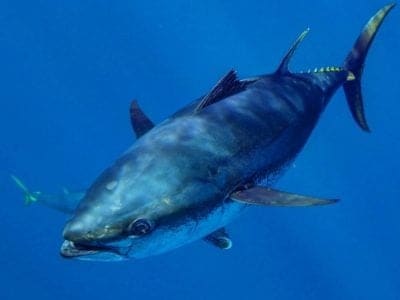
Bluefin Tuna
The bluefin is one of the largest fish in the world
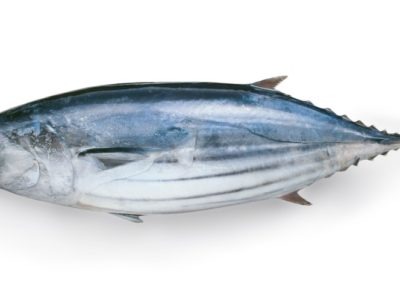
Bonito Fish
May eat squid or other small invertebrate ocean life
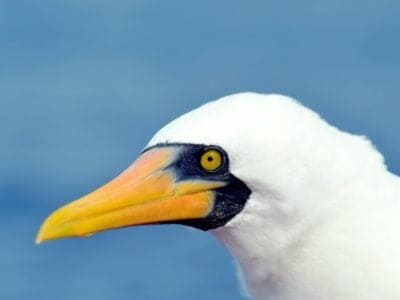
Booby
Seabirds found across the South Pacific!
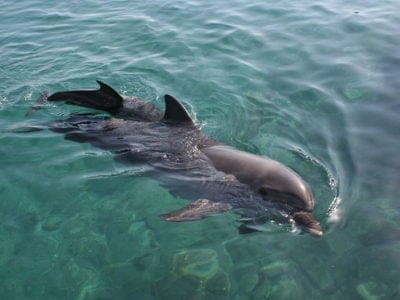
Bottlenose Dolphin
Stays in groups from 15 to 2,000 in number!'
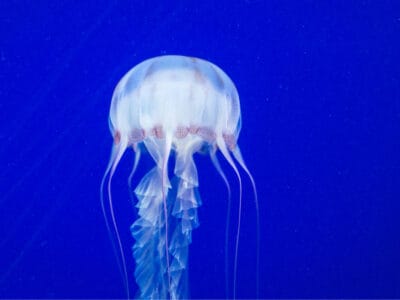
Box Jellyfish
Venomous marine animals
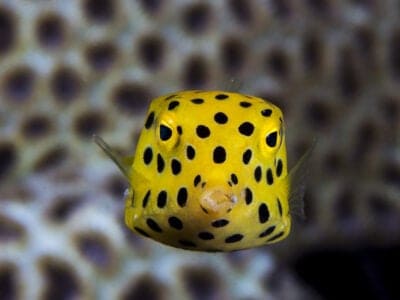
Boxfish
Can release a toxin from its skin
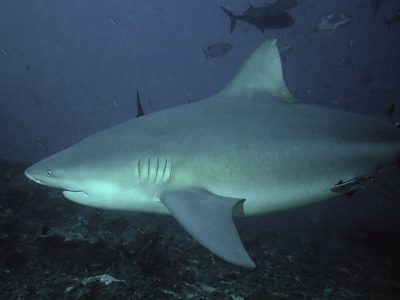
Bull Shark
Unpredictable and aggressive temperament!
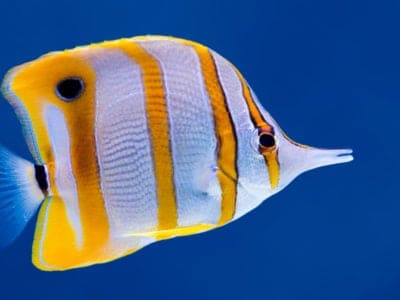
Butterfly Fish
There are more than 100 different species!
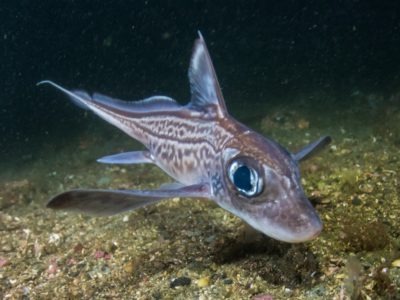
Chimaera
Also called ghost shark
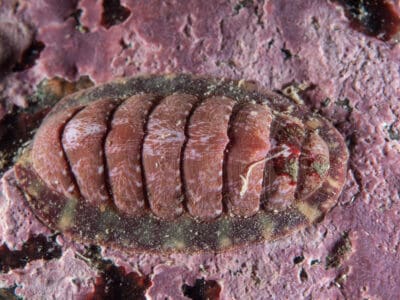
Chiton
Chitons are closely related to snails, oysters, and mussels because of their shared phylum
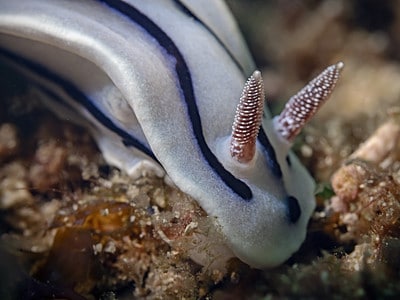
Chromodoris Willani
Their skin is toxic
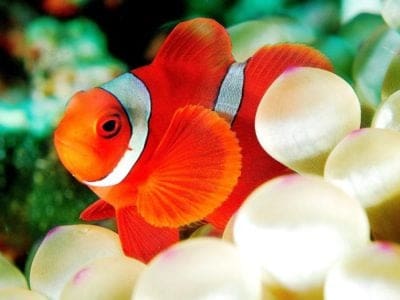
Clownfish
Also known as the anemonefish!
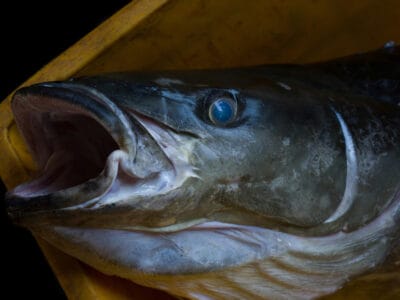
Cobia Fish
It has teeth not only in its jaws but in its tongue and the roof of its mouth
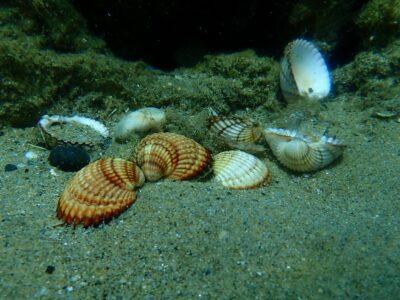
Cockle
Cockles live quite long; their lifespan usually ranges from 5 to 10 years in the wild.
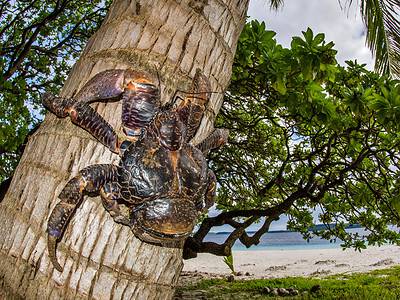
Coconut Crab
The largest terrestrial arthropod in the world
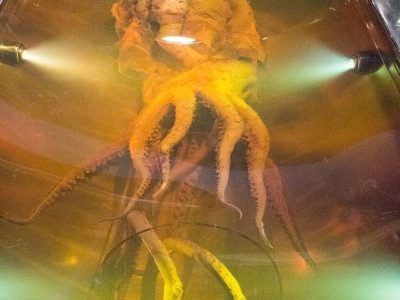
Colossal Squid
Can survive eating a single fish for months
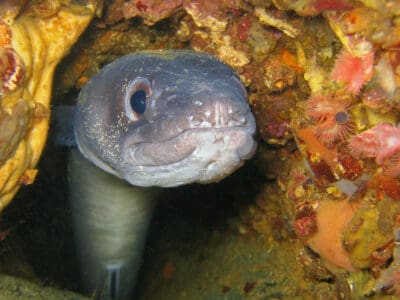
Conger Eel
The European Conger ( Conger conger) can weigh as much as an adult human!
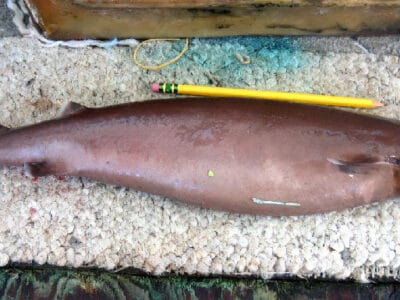
Cookiecutter Shark
The cookiecutter shark takes its name because it leaves a cookie-shaped bite hole in its prey.
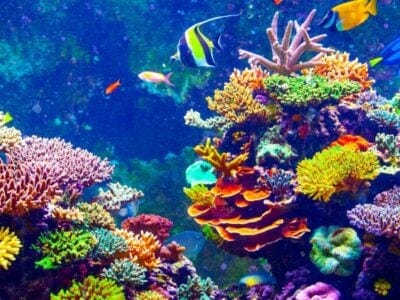
Coral
There are more than 6000 species of coral in the world's oceans.

Crab
There are 93 different crab groups
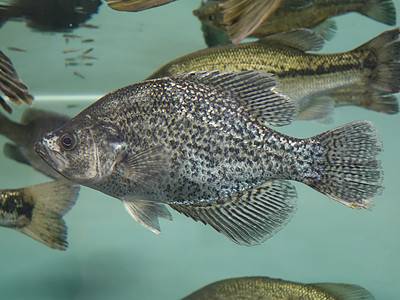
Crappie Fish
The crappie is one of the most popular freshwater fish in North America.
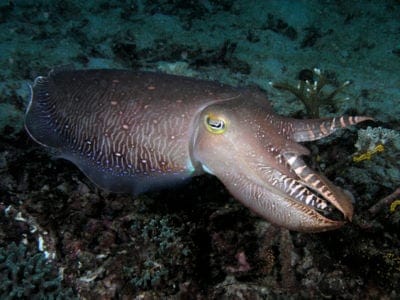
Cuttlefish
Found throughout the world's oceans!
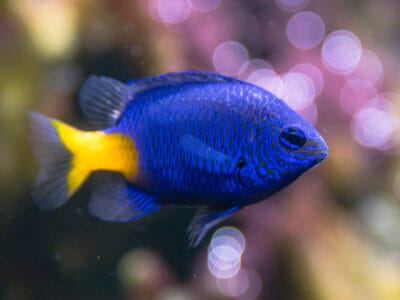
Damselfish
Damselfish belong to the family Pomacentridae
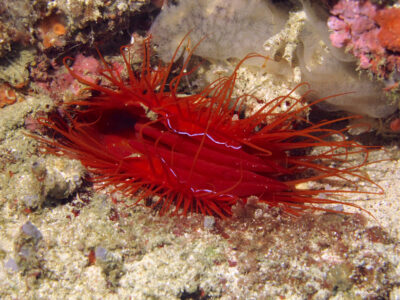
Disco Clam
Can spray acidic mucus at predators

Dolphin
Can reach speeds of up to 25 mph!
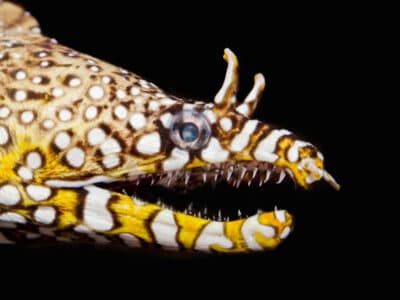
Dragon Eel
Dragon eels have double jaws and two sets of razor-sharp teeth
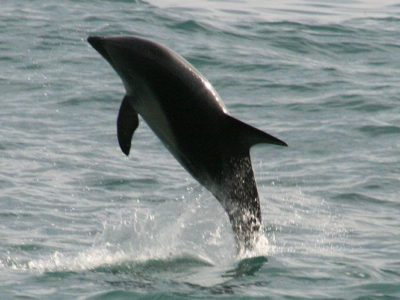
Dusky Dolphin
Communicates using whistles, squeaks and clicks!
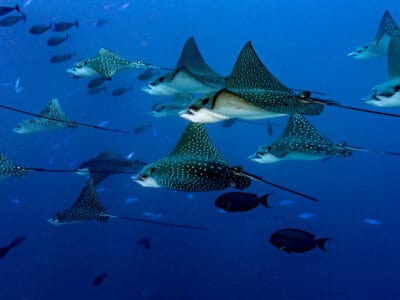
Eagle Ray
Majestic underwater bird like fish

Eel
Eels can be a mere few inches long to 13 feet!
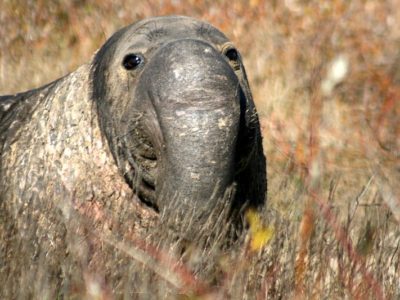
Elephant Seal
The largest species of seal in the world!
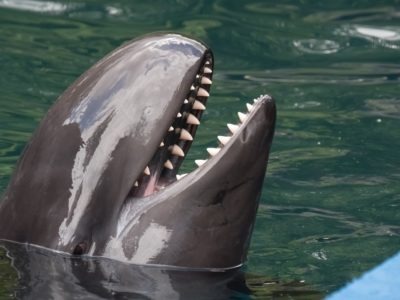
False Killer Whale
The false killer whale looks like a cross between a dolphin and orca!
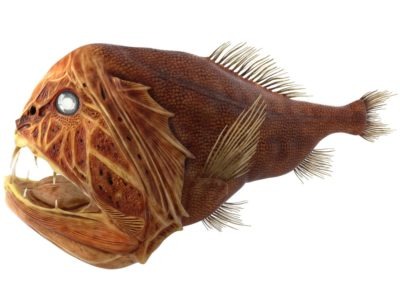
Fangtooth
Has the largest teeth compared to body size of any known fish!
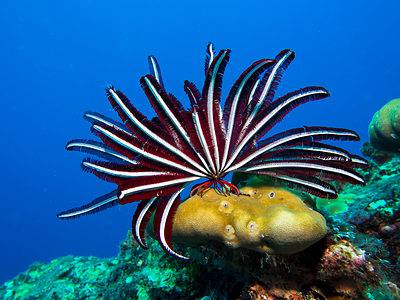
Feather Star
Feather stars look like flowers. They have no heart, eyes, or brain.
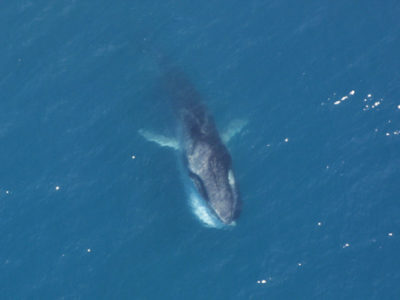
Fin Whale
Found throughout ocean waters worldwide!
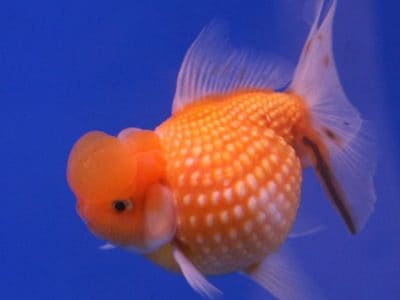
Fish
Respire through the gills on their heads!
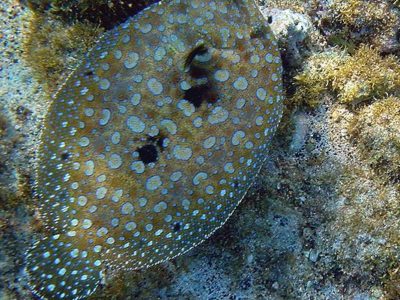
Flounder
A flat fish found in the Atlantic and Pacific!
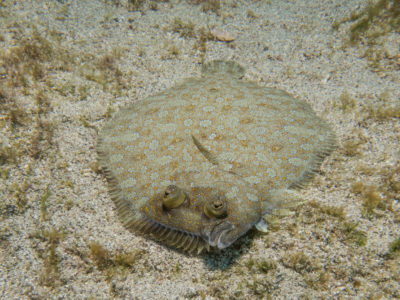
Flounder Fish
There are around 240 different species of Flounder fish

Fly
There are more than 240,000 different species!
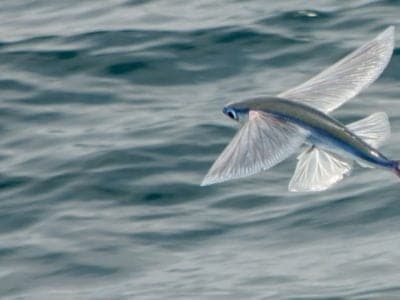
Flying Fish
Can glide in the air for hundreds of feet
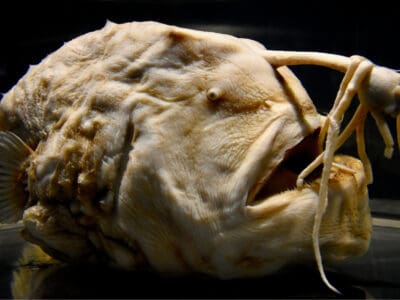
Football Fish
The football fish is named after its unusual round or oblong shape
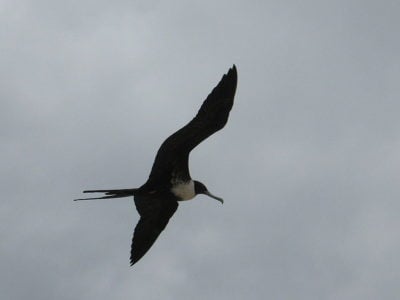
Frigatebird
Found inhabiting tropical islands and coasts!
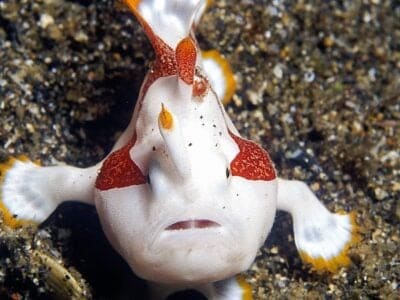
Frogfish
The frogfish can change colors, but it takes several weeks to do so
Galapagos Penguin
Found around the Equator!

Galapagos Tortoise
The biggest species of tortoise in the world!
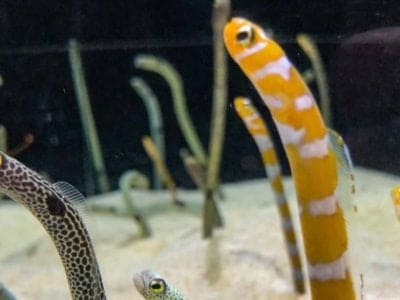
Garden Eel
Garden eel colonies are made up of hundreds to thousands of individuals.
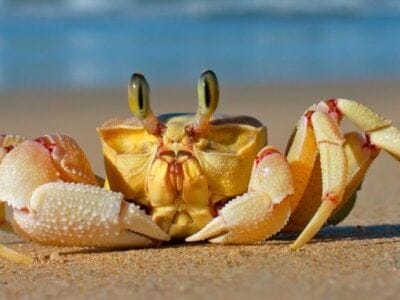
Ghost Crab
Their eyestalks, which are sometimes horned, can swivel 360 degrees
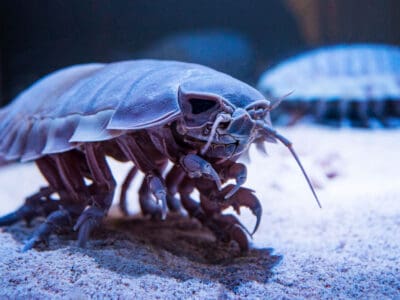
Giant Isopod
Giant isopods are the largest group of isopods in the world

Giant Siphonophore
The giant siphonophore is longer than the largest sea mammal – the blue whale.
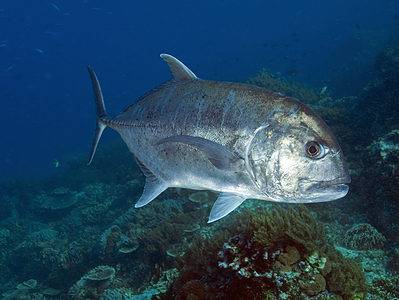
Giant Trevally
The largest fish in its genus

Goshawk
The goshawk is a popular choice among European falconers
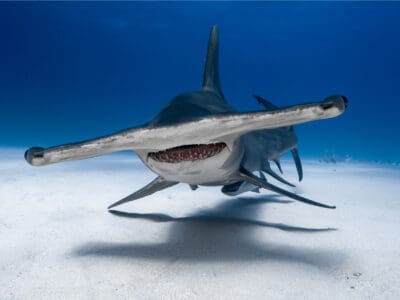
Great Hammerhead Shark
Great hammerhead sharks have a 360 view because their eyes are situated on the ends of their mallet-like heads.
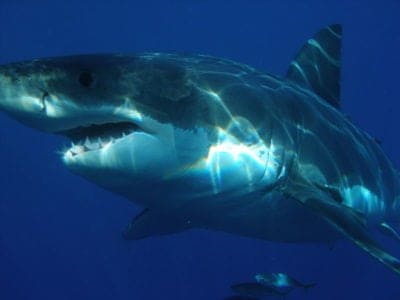
Great White Shark
Can grow to more than 8 meters long!
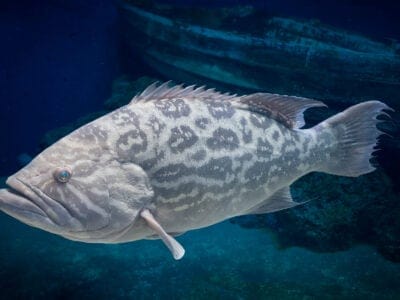
Grouper
Many grouper can change their sex, and it is always from female to male.
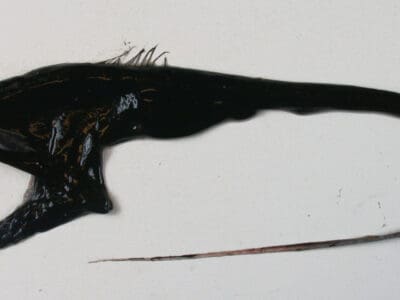
Gulper Eel
Gulper eels have a similar lifespan to humans and can live up to 85 years old. However, their age depends on their habitat and the availability of food.
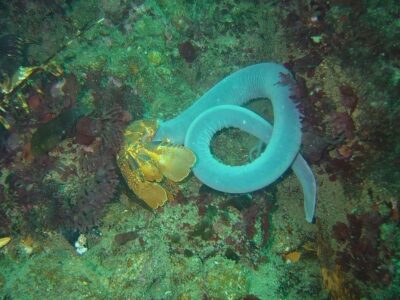
Hagfish
Can use slime to suffocate marine predators or escape capture

Hammerhead Shark
Found in coastal waters around the world!
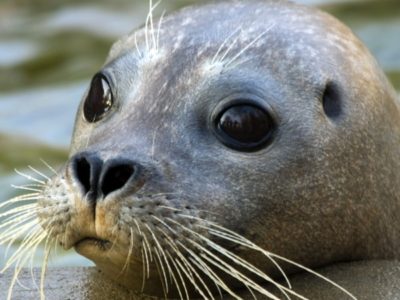
Harbor Seal
Harbor seals can dive as deep as 1400 feet
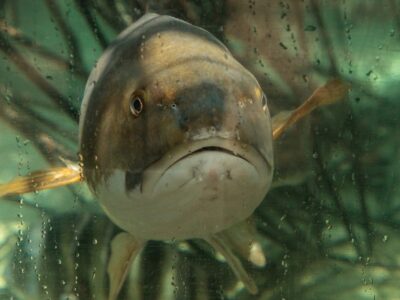
Hardhead Catfish
The hardhead catfish has a sharp spine near its fin to inject venom
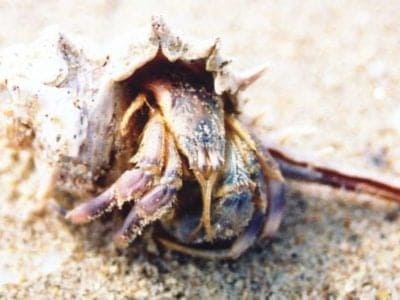
Hermit Crab
There are over 500 different species!
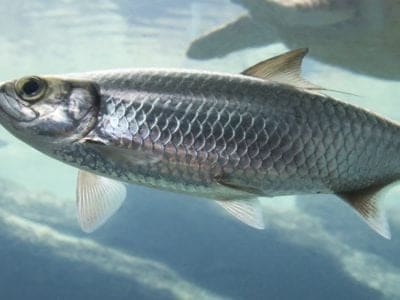
Herring
People enjoy the taste of the oily fish in many different ways including pickled, smoked, salted, dried and fermented.
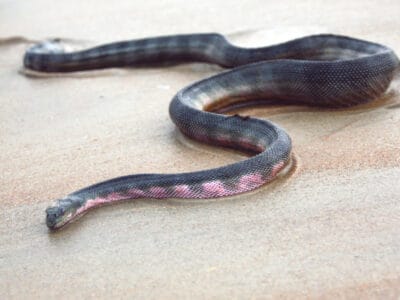
Hook-Nosed Sea Snake
Sea snakes are the most numerous venomous reptiles on Earth.
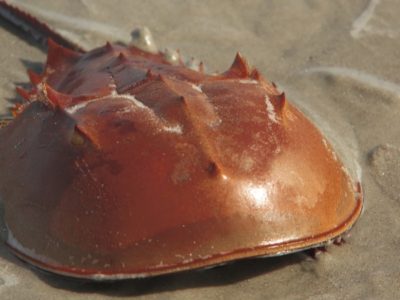
Horseshoe Crab
Changed little in over 500 million years!
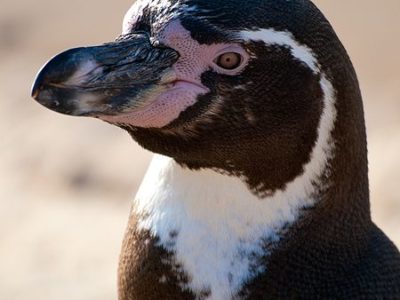
Humboldt Penguin
Found on the South American coast!
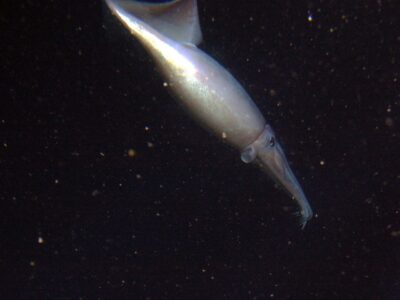
Humboldt Squid
The Humboldt squid can change colors to communicate
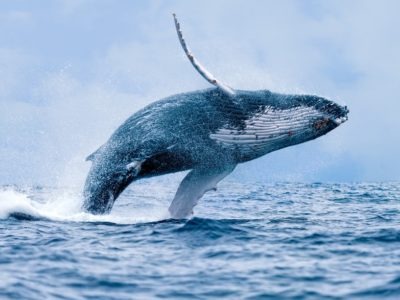
Humpback Whale
There are thought to be 80,000 left in the wild!
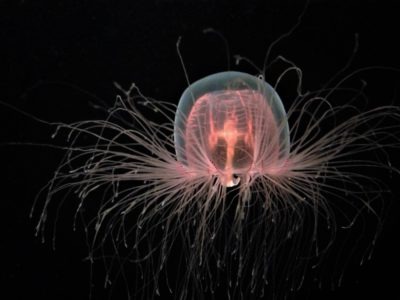
Immortal Jellyfish
Excellent hitchhiker on long-trip cargo ships

Insects
There are an estimated 30 million species!
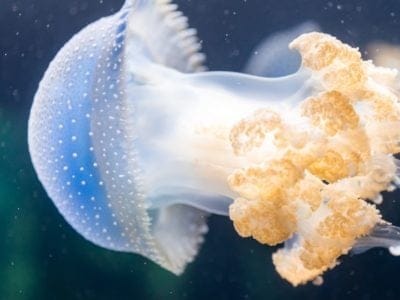
Jellyfish
Have tentacles around their mouths!
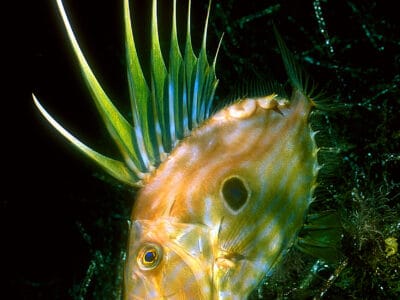
John Dory
The John Dory is often labeled one of the ugliest fish in the world and has no known relatives.
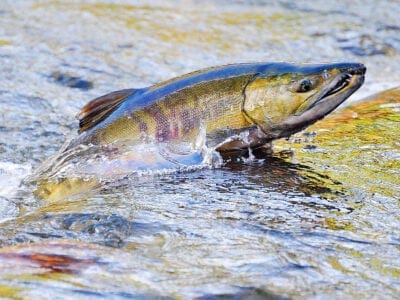
Keta Salmon
During spawning the look of the male changes. Among other things, he grows a beak called a kype that bears fangs.
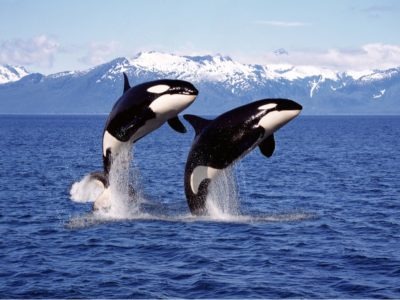
Killer Whale
Typically consumes over 200 kg of food a day!
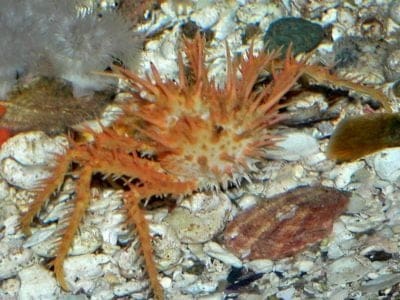
King Crab
Can have a leg span of nearly 2 meters!
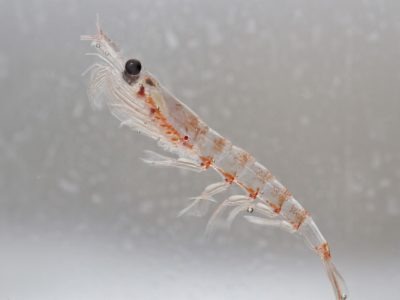
Krill
The krill is perhaps the most important animal in the marine ecosystem!
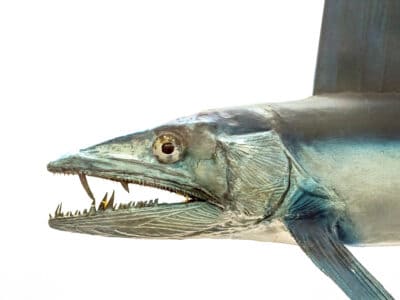
Lancetfish
Lancetfish live at depths up to 6,500 feet below sea level
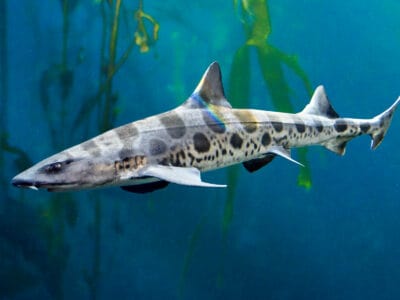
Leopard Shark
Leopard Sharks have teeth with three points.
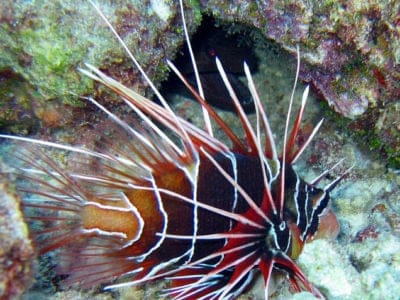
Lionfish
Females can release up to 15,000 eggs at a time!
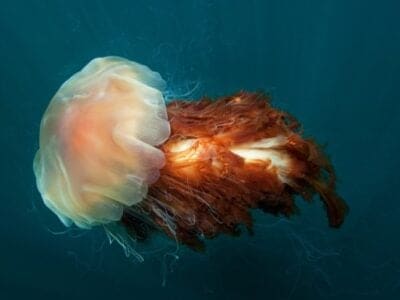
Lion’s Mane Jellyfish
Though it’s a huge animal, the lifespan of the lion’s mane jellyfish is only a year.
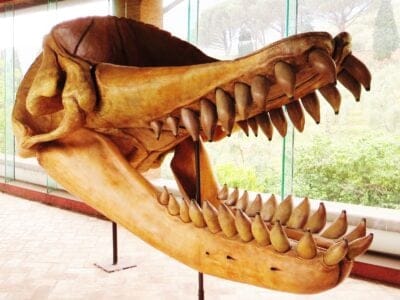
Livyatan
The Livyatan had 1 to 1.2 foot long, interlocking teeth
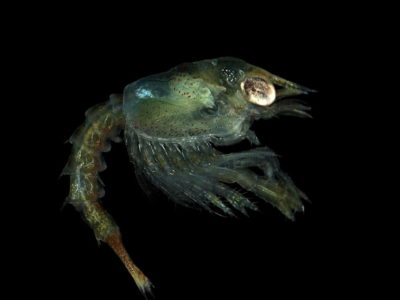
Lobster
Have been known to reach 100 years old!
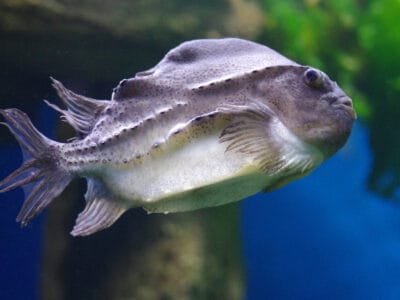
Lumpfish
The lumpfish have sticky suction cups on their fins
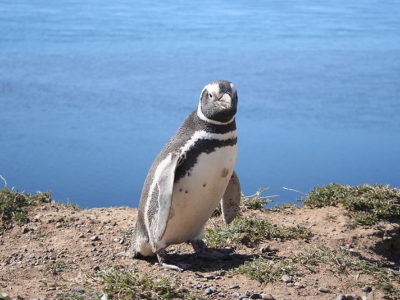
Magellanic Penguin
Threatened by oil spills!
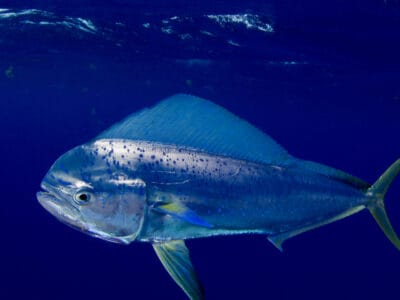
Mahi Mahi (Dolphin Fish)
It's called the rabbit of the ocean because it multiplies so quickly.
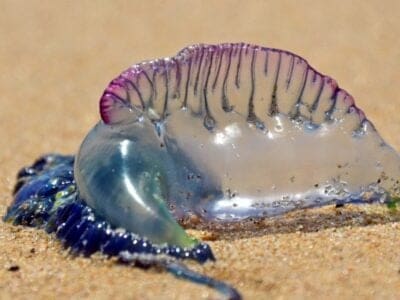
Man of War Jellyfish
Named for an 18th century warship
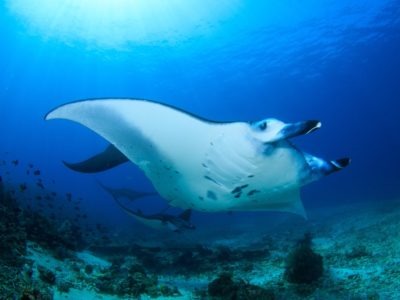
Manta Ray
Can grow up to 9m wide!
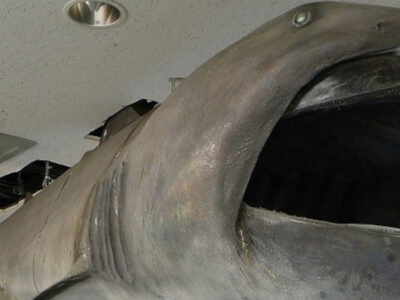
Megamouth Shark
Swims with its mouth open to capture prey
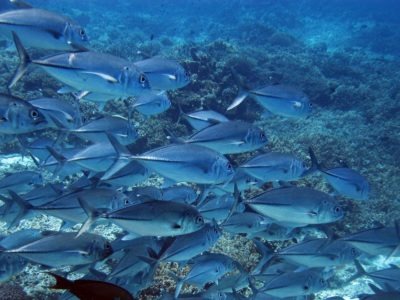
Milkfish
Females lay up to 5 million eggs at one time in warm, shallow and salty waters
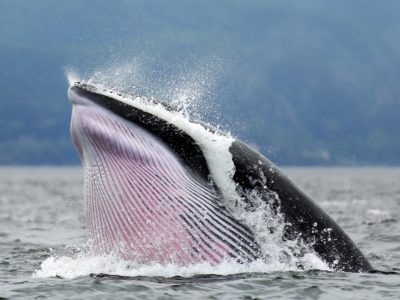
Minke Whale
There are two recognised species!
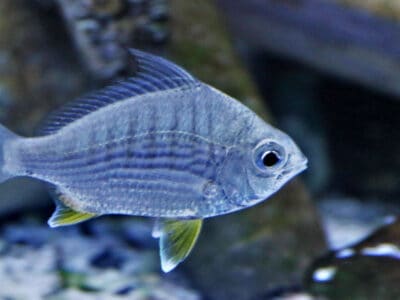
Mojarra
The mojarra's protruding mouth allows it to sift along the seabed for food
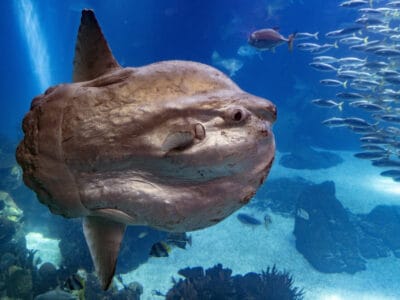
Mola mola (Ocean Sunfish)
The ocean sunfish is the biggest bony fish in the world
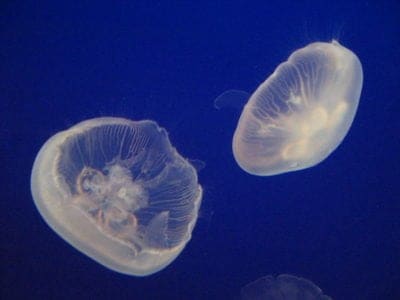
Moon Jellyfish
Moon Jellies are bioluminescent, so they glow in the dark! They can also de-age!
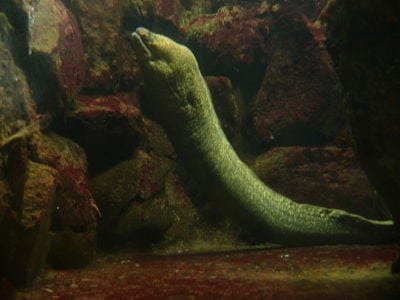
Moray Eel
Sometimes, groupers invite moray eels to help them hunt!
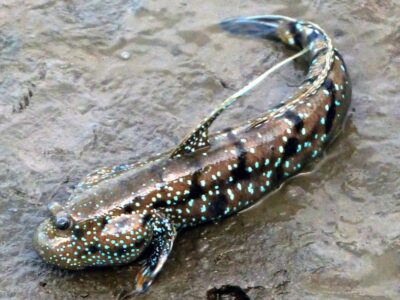
Mudskipper
They walk on land
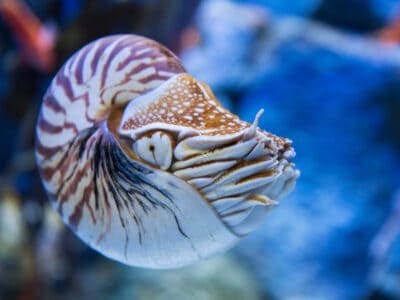
Nautilus
Living fossils that evolved over 500 million years ago

Nematode
Nematodes range in size from 1/10 of an inch to 28 feet long
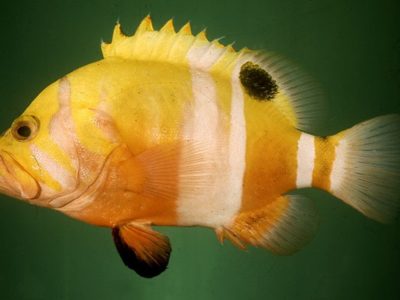
Neptune Grouper
The largest recorded specimen ever caught was 17" long
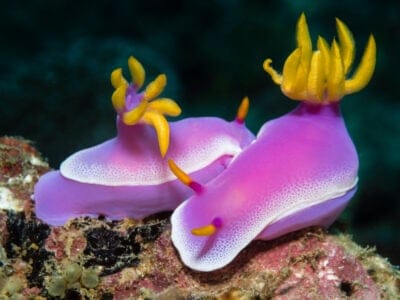
Nudibranch
They get toxins from their prey to use it against predators.
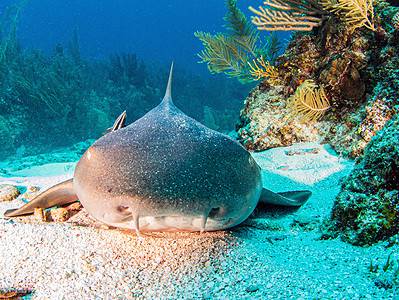
Nurse Shark
Commonly found in Central American waters!
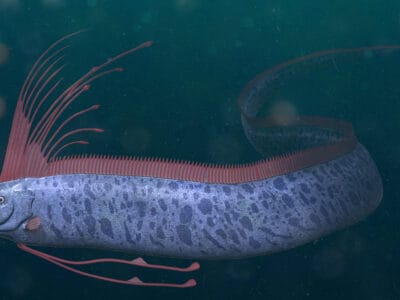
Oarfish
The Giant oarfish (Regalecus glesne) holds the Guinness Book of World Records for the longest bony fish in the world.
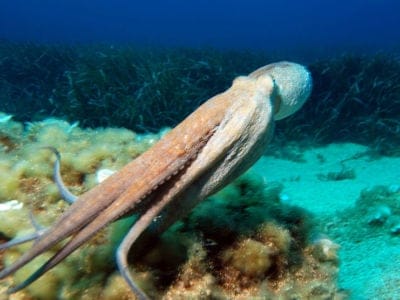
Octopus
There are around 300 different species!
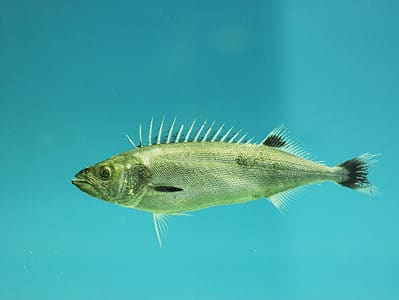
Oilfish
They live in deep water as far as 2,600 feet below the water’s surface.
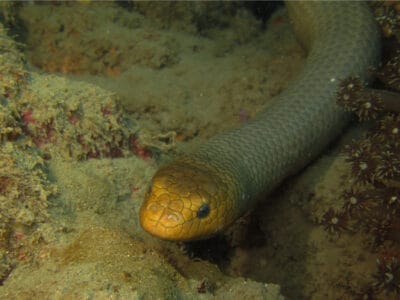
Olive Sea Snake
Olive sea snakes can stay underwater for two hours without taking a breath.
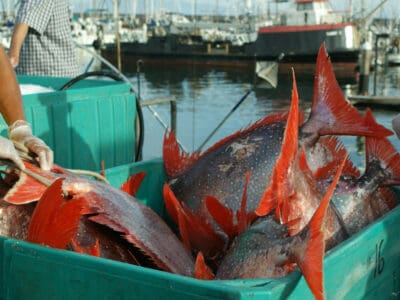
Opah
Opah are brightly colored, with red-orange fins and a silvery body.
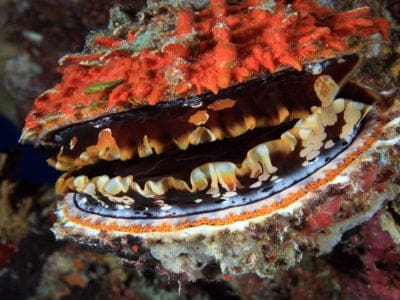
Oyster
Can process up to 10 litres of water an hour!
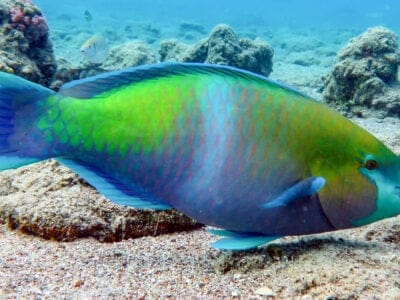
Parrotfish
The parrotfish can change from female to male at some point in its life.
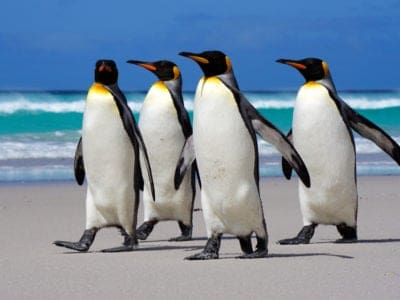
Penguin
Spends 75% of it's time hunting for food!
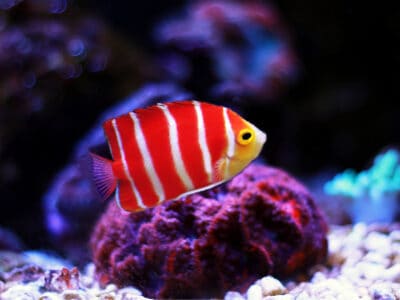
Peppermint Angelfish
The peppermint angelfish was only first described in 1992.
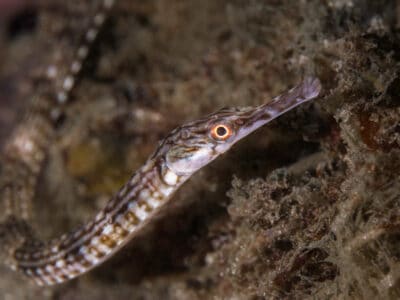
Pipefish
The male pipefish has the ability to carry fertilized eggs with him
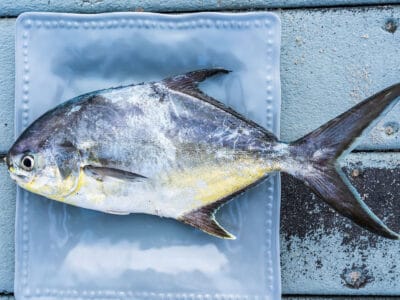
Pompano Fish
They are bottom-feeders
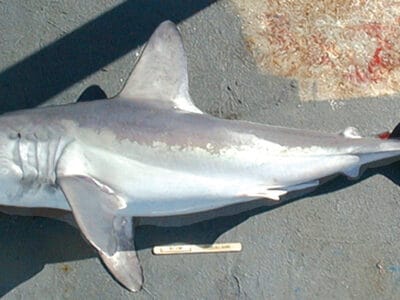
Porbeagle Shark
The porbeagle is one of the few sharks that jumps out of the water
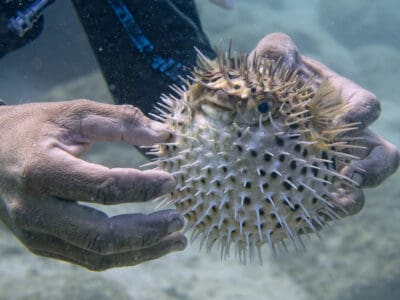
Porcupinefish
The Porcupinefish secrete a potent neurotoxin known as tetrodotoxin; this poison can kill both people and predators.
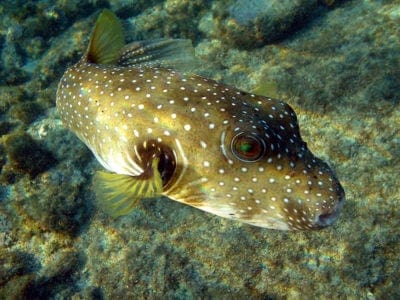
Pufferfish
The second most poisonous creature in the world!
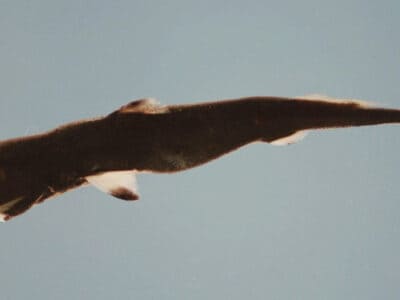
Pygmy Shark
Pygmy sharks underbelly glows to attract prey that swims beneath it.
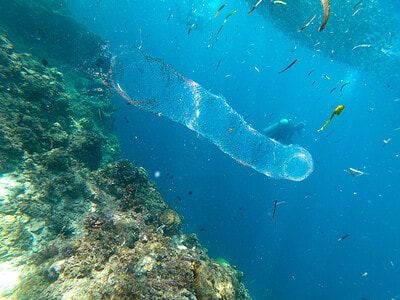
Pyrosome
They float with the current.
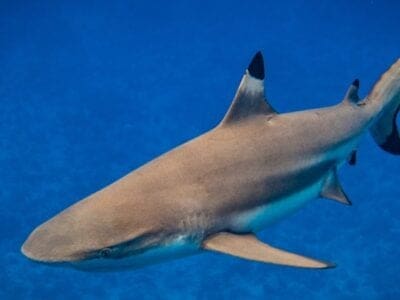
Reef Shark
Grey reef sharks can give birth without males
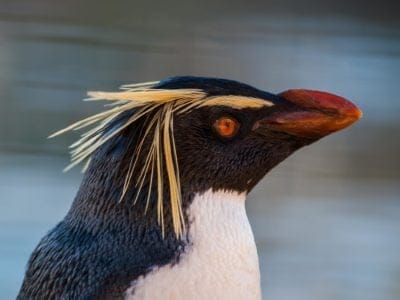
Rockhopper Penguin
There are 3 different species!
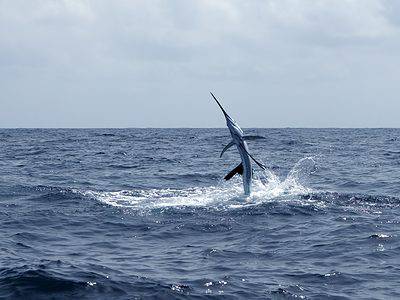
Sailfish
Fast billfish with a sail-like dorsal fin
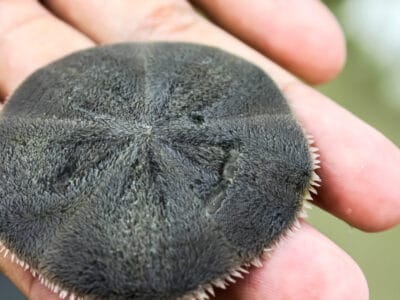
Sand Dollar
Sand Dollar skeletons make popular collection items for seashell collectors.
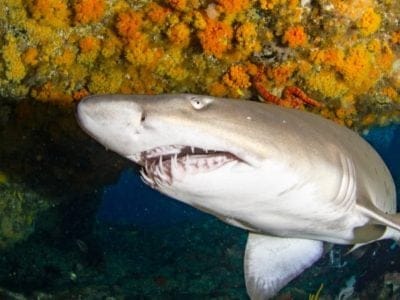
Sand Tiger Shark
The sand tiger is the shark most commonly seen in aquariums.
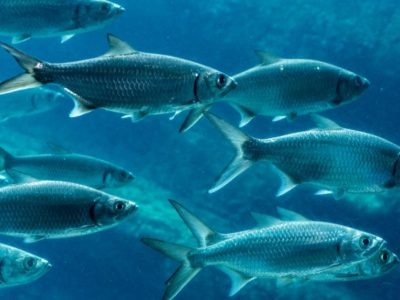
Sardines
Schools of sardines can be miles long and are often visible from an airplane
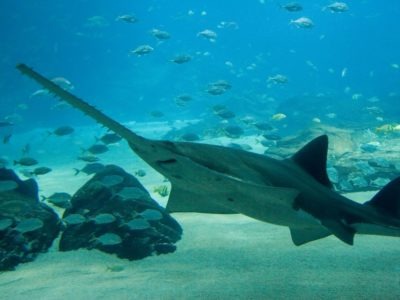
Sawfish
Sawfish teeth keep growing as the fish gets older
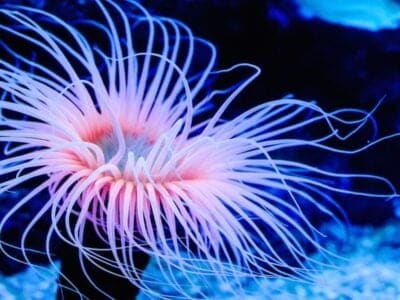
Sea Anemone
Creatures have characteristics of both animal and plant
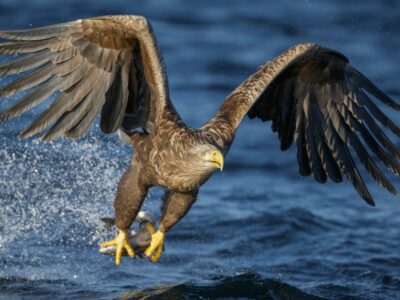
Sea Eagle
The sea eagle tends to mate for life with a single partner
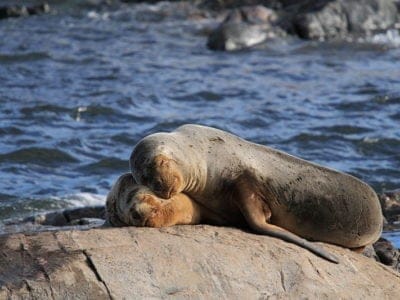
Sea Lion
It's flippers allow it to walk on the land
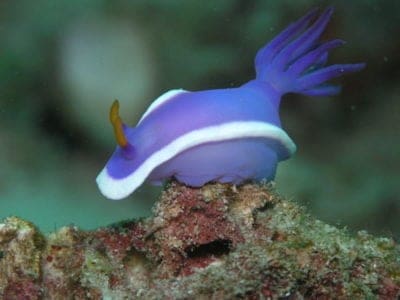
Sea Slug
All sea slugs have both male and female sex organs
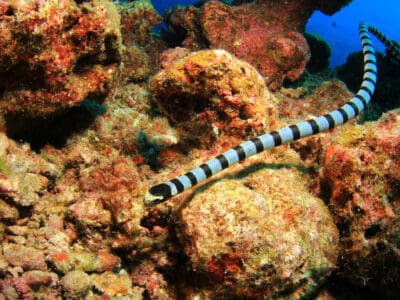
Sea Snake
The sea snake is incredibly venomous, even more than a cobra!”
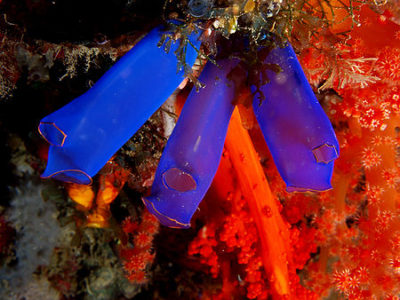
Sea Squirt
There are more than 3,000 known species!
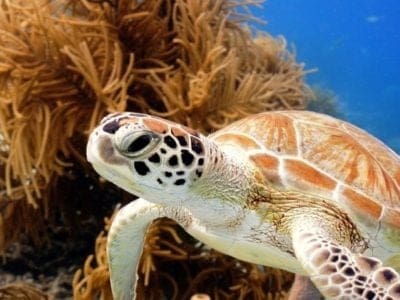
Sea Turtle
Always return to the same beach to lay eggs!
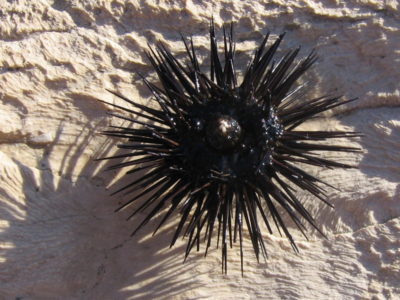
Sea Urchin
Can live for up to 200 years!
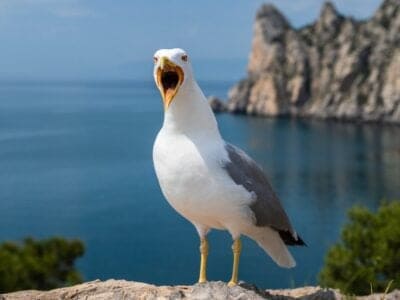
Seagull
Some gulls are capable of using tools
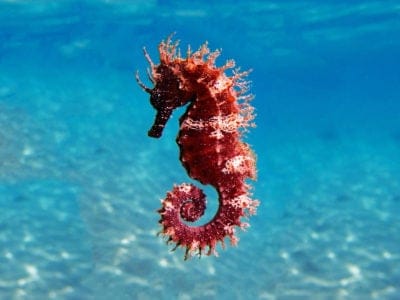
Seahorse
Males give birth to up to 1,000 offspring!
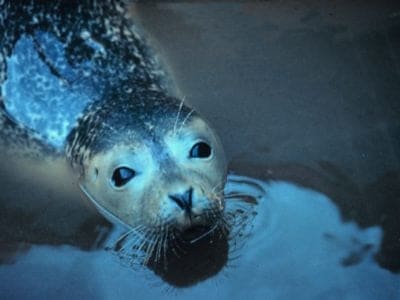
Seal
There are 30 different species worldwide!
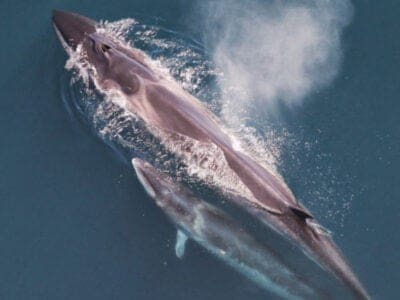
Sei Whale
This whale is one of the fastest of the cetaceans
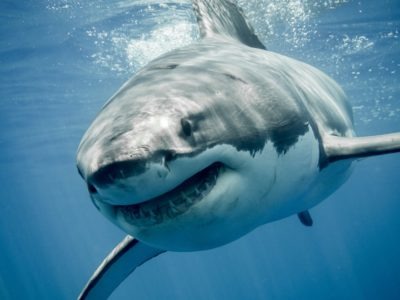
Shark
No shark species has any bones in their bodies
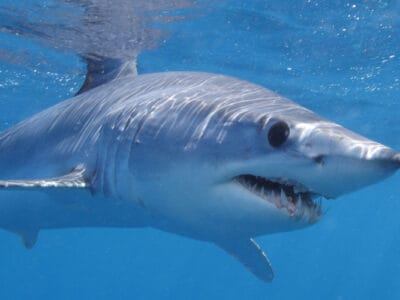
Shortfin Mako Shark
Shortfin Mako sharks can jump 20 feet above the water!”

Shrimp
There are 2,000 different species worldwide!
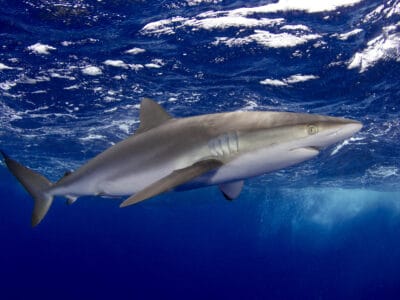
Silky Shark
Has an extremely acute sense of hearing
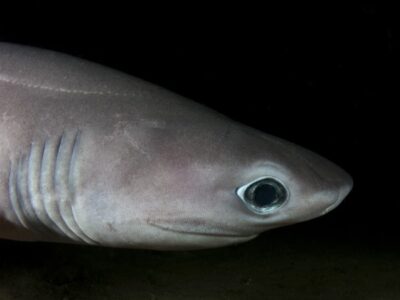
Sixgill shark
The sixgill shark has six pairs of gills instead of the normal five
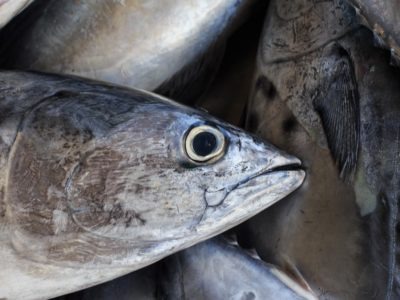
Skipjack Tuna
The skipjack is the most commonly caught tuna in the world
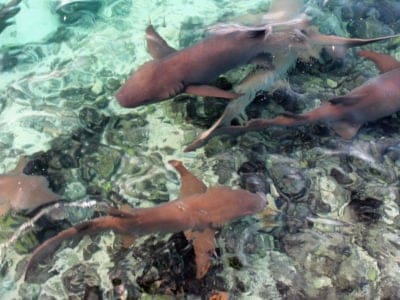
Sleeper Shark
The Greenland shark is one of the longest living vertebrates in the world.

Snail
There are nearly 1,000 different species!
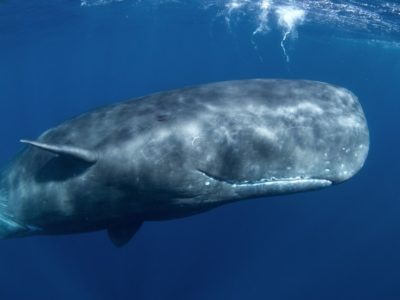
Sperm Whale
Each tooth weighs 1kg!
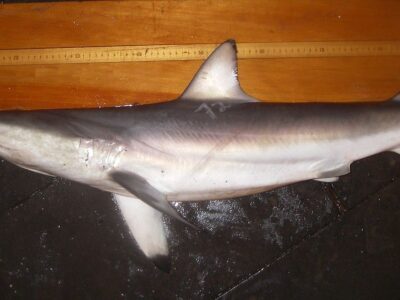
Spinner Shark
Can have up to 20 babies
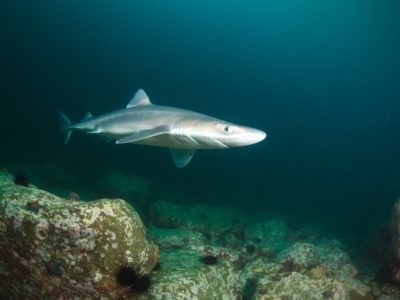
Spiny Dogfish
Found in ocean waters worldwide!
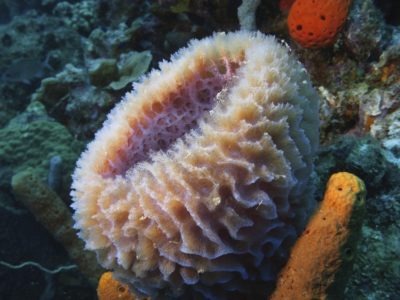
Sponge
There are more than 9,000 known species!
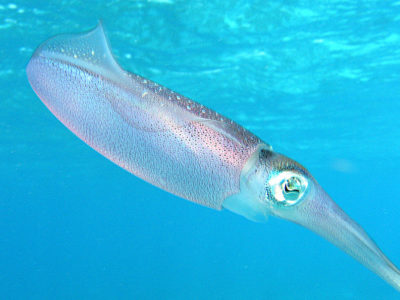
Squid
Some species are known to have 10 arms!
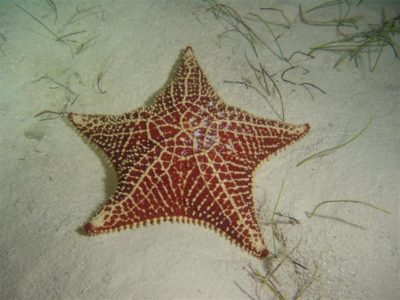
Starfish
Has 2 stomachs to aid digestion!
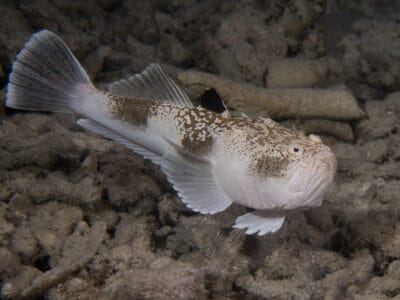
Stargazer Fish
Uses an electric shock to stun its prey!
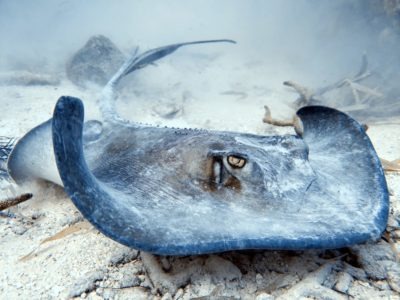
Stingray
It's stinger is razor-sharp or serrated!
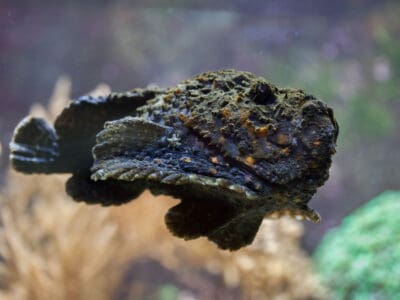
Stonefish
The most venomous fish in the world
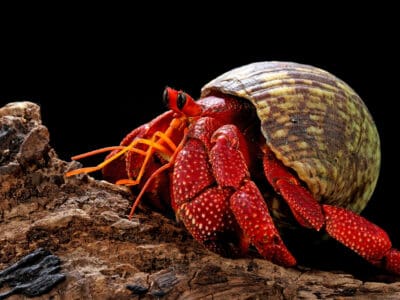
Strawberry Hermit Crab
When strawberry hermit crabs find shells that are larger than their own, they gather in a line from biggest to smallest. Once the biggest one sheds its shell, the next one in line will claim it, which is repeated down the line.
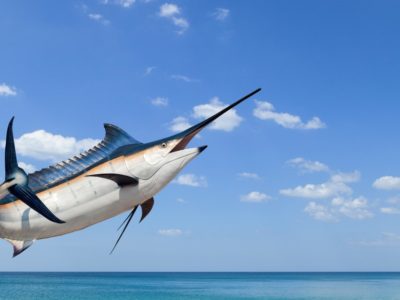
Swordfish
Lose their scales and teeth as adults
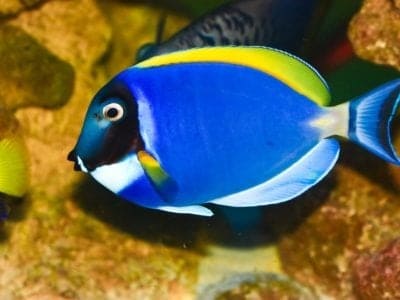
Tang
Found around shallow coral reefs!
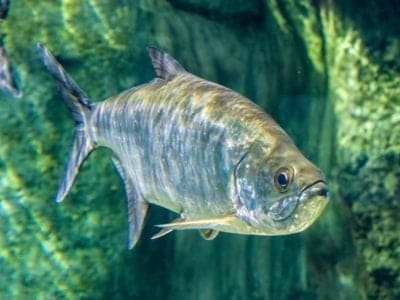
Tarpon
Its genus dates back to the Cretaceous period – 113 million years ago
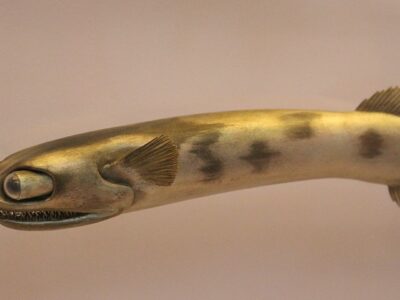
Telescope Fish
Swallows food, much of it larger than them, whole
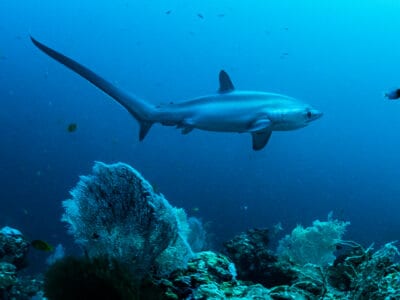
Thresher Shark
Thresher Sharks have a distinctive, thresher-like tail.
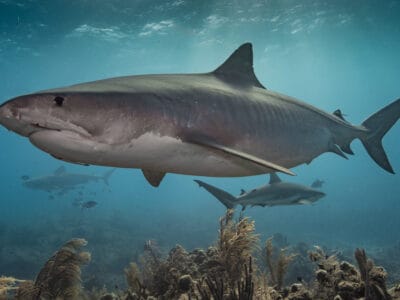
Tiger Shark
The fourth biggest species of shark in the world!
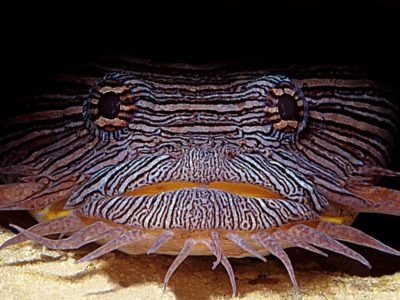
Toadfish
Can be heard out of water
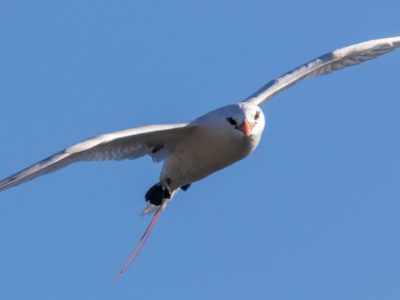
Tropicbird
Nests on tropical islands and cliffs!
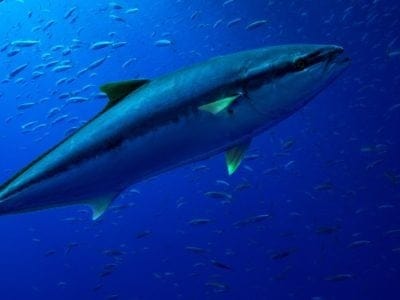
Tuna
The tuna has a sleek body that enables it to swim quickly through the water
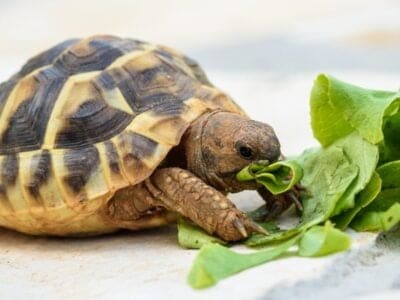
Turtles
Some species of aquatic turtles can get up to 70 percent of their oxygen through their butt.
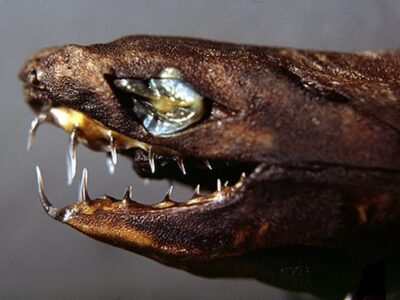
Viper Shark (dogfish)
Most data on these fish is based on observations near Japan.
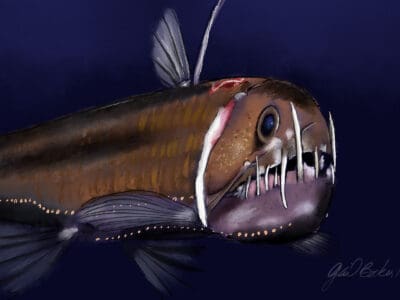
Viperfish
Viperfish have a bioluminescent spine on their dorsal fin.
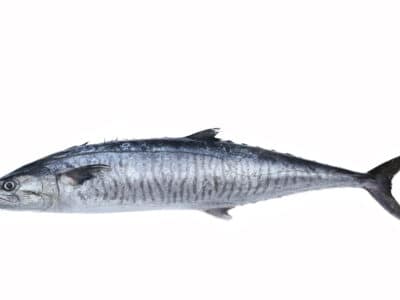
Wahoo Fish
Wahoo can change colors when they're excited and while they hunt
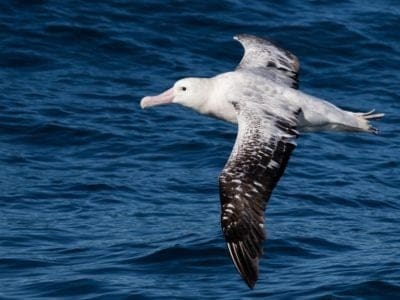
Wandering Albatross
Featured in “The Rime of the Ancient Mariner”
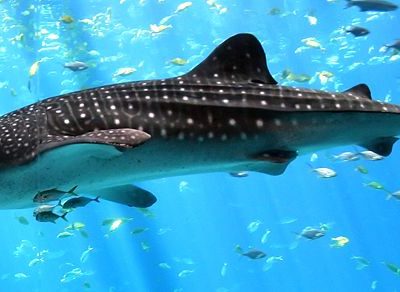
Whale Shark
The largest species of fish in the world!
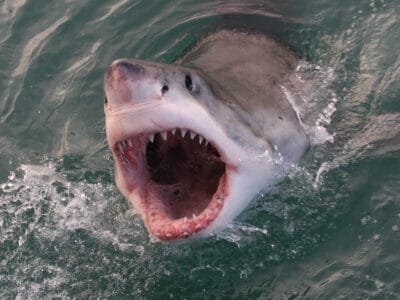
White Shark
White Sharks live in all of the world's oceans.
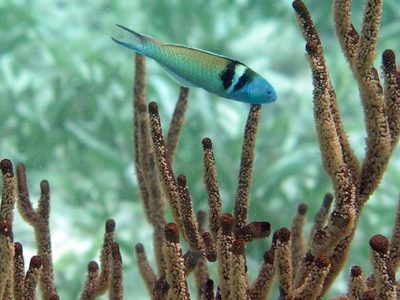
Wrasse
There are more than 500 different species!
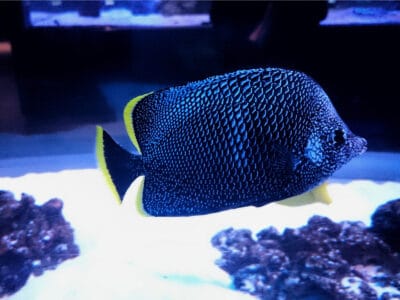
Wrought Iron Butterflyfish
Is endemic to Japan.
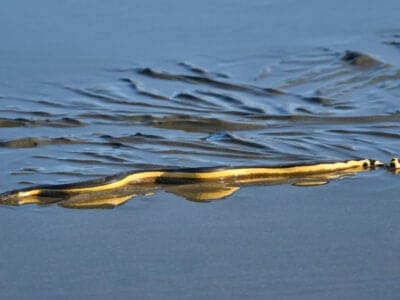
Yellow-Bellied Sea Snake
Sea snakes spend approximately 90% of their lives under water.
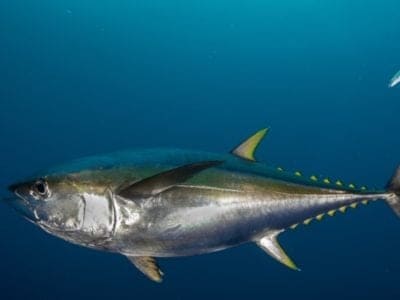
Yellowfin Tuna
The yellowfin forms schools with other tuna species
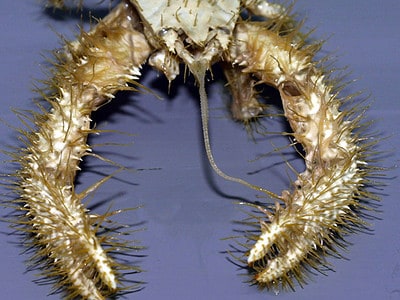
Yeti Crab
The yeti crab has hairy arms, which collect bacteria to feed on
Southwest Pacific Ocean Animals List
- Albacore Tuna
- Albatross
- Amberjack
- Anchovies
- Angelfish
- Anglerfish
- Australian Flathead Perch
- Baleen Whale
- Barnacle
- Barracuda
- Barramundi Fish
- Barreleye Fish (Barrel Eye)
- Basking Shark
- Bigfin Reef Squid
- Bird
- Black Marlin
- Blanket Octopus
- Blue Dragon Sea Slug
- Blue-Ringed Octopus
- Blue Shark
- Blue Whale
- Bluefin Tuna
- Bonito Fish
- Booby
- Bottlenose Dolphin
- Box Jellyfish
- Boxfish
- Bull Shark
- Butterfly Fish
- Chimaera
- Chiton
- Chromodoris Willani
- Clownfish
- Cobia Fish
- Cockle
- Coconut Crab
- Colossal Squid
- Conger Eel
- Cookiecutter Shark
- Coral
- Crab
- Crappie Fish
- Cuttlefish
- Damselfish
- Disco Clam
- Dolphin
- Dragon Eel
- Dusky Dolphin
- Eagle Ray
- Eel
- Elephant Seal
- False Killer Whale
- Fangtooth
- Feather Star
- Fin Whale
- Fish
- Flounder
- Flounder Fish
- Fly
- Flying Fish
- Football Fish
- Frigatebird
- Frogfish
- Galapagos Penguin
- Galapagos Tortoise
- Garden Eel
- Ghost Crab
- Giant Isopod
- Giant Siphonophore
- Giant Trevally
- Goshawk
- Great Hammerhead Shark
- Great White Shark
- Grouper
- Gulper Eel
- Hagfish
- Hammerhead Shark
- Harbor Seal
- Hardhead Catfish
- Hermit Crab
- Herring
- Hook-Nosed Sea Snake
- Horseshoe Crab
- Humboldt Penguin
- Humboldt Squid
- Humpback Whale
- Immortal Jellyfish
- Insects
- Jellyfish
- John Dory
- Keta Salmon
- Killer Whale
- King Crab
- Krill
- Lancetfish
- Leopard Shark
- Lionfish
- Lion’s Mane Jellyfish
- Livyatan
- Lobster
- Longfin Mako Shark
- Lumpfish
- Magellanic Penguin
- Mahi Mahi (Dolphin Fish)
- Man of War Jellyfish
- Manta Ray
- Megamouth Shark
- Milkfish
- Minke Whale
- Mojarra
- Mola mola (Ocean Sunfish)
- Moon Jellyfish
- Moray Eel
- Mudskipper
- Nautilus
- Nematode
- Neptune Grouper
- Nudibranch
- Nurse Shark
- Oarfish
- Oceanic Whitetip Shark
- Octopus
- Oilfish
- Olive Sea Snake
- Opah
- Oyster
- Parrotfish
- Penguin
- Peppermint Angelfish
- Pipefish
- Pompano Fish
- Porbeagle Shark
- Porcupinefish
- Prawn
- Pufferfish
- Pygmy Shark
- Pyrosome
- Reef Shark
- Rockhopper Penguin
- Sailfish
- Sand Dollar
- Sand Tiger Shark
- Sardines
- Sawfish
- Sea Anemone
- Sea Eagle
- Sea Lion
- Sea Slug
- Sea Snake
- Sea Squirt
- Sea Turtle
- Sea Urchin
- Seagull
- Seahorse
- Seal
- Sei Whale
- Shark
- Shortfin Mako Shark
- Shrimp
- Silky Shark
- Sixgill shark
- Skipjack Tuna
- Sleeper Shark
- Snail
- Sperm Whale
- Spinner Shark
- Spiny Dogfish
- Sponge
- Squid
- Starfish
- Stargazer Fish
- Stingray
- Stonefish
- Strawberry Hermit Crab
- Swordfish
- Tang
- Tarpon
- Telescope Fish
- Thresher Shark
- Tiger Shark
- Toadfish
- Tropicbird
- Tuna
- Turtles
- Viper Shark (dogfish)
- Viperfish
- Wahoo Fish
- Wandering Albatross
- Whale Shark
- White Shark
- Wrasse
- Wrought Iron Butterflyfish
- Yellow-Bellied Sea Snake
- Yellowfin Tuna
- Yeti Crab
Animals in Southwest Pacific FAQs (Frequently Asked Questions)
What mammals live in the Pacific Ocean?
Mammals in the Pacific Ocean include whales, dolphins, porpoises, dugongs, and elephant seals.
What fish live in the Pacific Ocean?
The types of fish that live in the Pacific Ocean defy listing, but some of them are:
Flying fish. These fish don’t actually fly but glide over the water using elongated pectoral fins.
Billfish. These fish are known by their very long bills, which have the look of swords. Indeed, one of them is called the swordfish. Other billfish are marlin and sailfish.
Mackerel. These silvery fish form great schools and serve as food for marine mammals and larger fish such as billfish.
Tuna. Tuna is the only known fish that seem to be warm-blooded, which means they can keep their body temperature higher than the temperature of the surrounding water. Types of tuna found in the southwest Pacific include the albacore, the now rare southern bluefin tuna and the yellowfin tuna.
What plants and animals live in the Pacific Ocean?
Besides wildlife such as fish, sponges, sea squirts, cetaceans, jellyfish and others, the Pacific Ocean has a good amount of plant life. Much of it is microscopic in the form of phytoplankton. These tiny plants include green algae, cyanobacteria, diatoms and dinoflagellates. They provide nourishment for tiny animals such as just-hatched crabs or lobsters, which in turn provide nourishment for larger animals.
On the other end of the scale are types of seaweed, which are defined as plants that simply live in the ocean and are macroscopic. Some types of seaweed, such as Macrocystis can grow to 200 feet in length.



